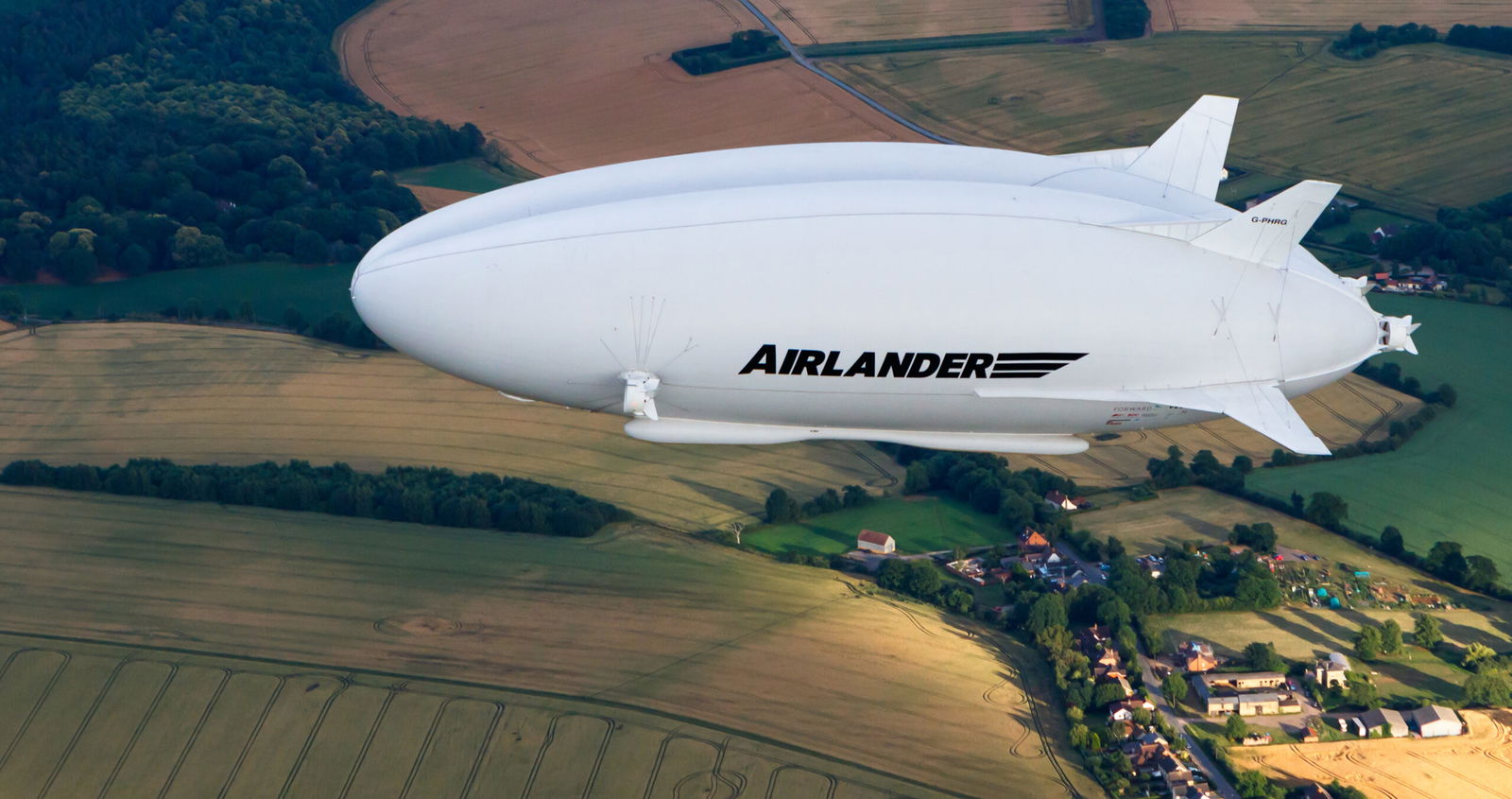The Evolution of Airlanders: From The Flying Bum to Potential Hydrogen-Powered Giants
Key Ideas
- Hybrid Air Vehicles (HAV) is expanding its Airlander fleet, aiming for larger models like the Airlander 50 and potentially an Airlander 200, emphasizing hydrogen powertrains.
- The Airlander 10, known as 'The Flying Bum,' boasts a unique design combining lighter-than-air and fixed-wing aircraft elements, with potential hydrogen-electric conversions in the future.
- HAV envisions the Airlander 10 as a versatile aircraft for various missions, including passenger transport, luxury tourism, cargo, and potentially military applications, focusing on decarbonization and efficiency.
- With a focus on regional aviation, HAV plans to reduce emissions significantly with the introduction of hydrogen powertrains, potentially achieving up to 100% reduction compared to traditional aircraft.
The U.K.-based Hybrid Air Vehicles (HAV) is advancing its Airlander fleet, with plans for larger models like the Airlander 50 and a potential Airlander 200, which could feature hydrogen powertrains. The Airlander 10, dubbed 'The Flying Bum,' is already the world's longest aircraft, showcasing a unique blend of lighter-than-air and fixed-wing aircraft characteristics, set for potential future hydrogen-electric conversions. Offering a multi-role capacity, HAV sees the Airlander 10 as suitable for passenger, cargo, and military tasks. Luxury tourism companies like Spain's Air Nostrum have shown interest in the Airlander 10, envisioning it as a 'cruise ship in the sky.' HAV aims to revolutionize regional aviation with the Airlander's low fuel burn, making it a prime candidate for hydrogen powertrains to achieve significant emission reductions. The aircraft's slow speed is deemed suitable for short-range routes, and its design allows for extensive interior customization. HAV's futuristic vision includes potential applications in long-endurance surveillance, highlighting the Airlander 10's adaptability and efficiency in various mission profiles.
